A car maintenance checklist is a list of regular maintenance tasks that should be performed on a car to keep it in good working condition and prevent potential problems or breakdowns. The exact items on the checklist can vary depending on the make and model of the car, as well as its age and mileage. However, some common items that are typically included in a car maintenance checklist include:
- Checking the engine oil level and quality
- Checking the transmission fluid level and quality
- Checking the coolant level and quality
- Checking the brake fluid level and quality
- Inspecting the tires for wear and proper inflation
- Checking the battery voltage and connections
- Inspecting the brakes and brake pads for wear
- Inspecting the belts and hoses for wear and cracks
- Checking the air filter and replacing it if necessary
- Checking the windshield wiper blades and replacing them if necessary.
By following a regular car maintenance checklist, you can help ensure that your car remains reliable, safe, and performs at its best.
Advantage of Car Maintenance Checklist
A car maintenance checklist is a comprehensive list of tasks and items that are necessary to keep your car in good condition. It is a useful tool that helps car owners to keep track of when different maintenance tasks were performed and when they are due again. In this article, we will discuss the advantages of having a car maintenance checklist.
- Preventive Maintenance: A car maintenance checklist helps to ensure that all necessary preventive maintenance tasks are carried out on time. This includes things like oil changes, filter replacements, and tire rotations. Regular preventive maintenance reduces the likelihood of unexpected breakdowns and keeps the car running smoothly.
- Cost Savings: By keeping up with regular maintenance, you can avoid costly repairs down the line. Regular oil changes, for example, can help extend the life of your engine and prevent the need for costly engine repairs. Additionally, regular maintenance can help you identify potential problems early, which can save you money in the long run by addressing them before they become more serious.
- Safety: Regular maintenance can help ensure that your car is safe to drive. Items on the checklist such as brake inspections and tire rotations can help prevent accidents caused by worn-out components. Regular maintenance can also identify potential safety hazards before they become serious problems.
- Resale Value: A well-maintained car can fetch a higher resale value than one that has been neglected. A car maintenance checklist helps you keep up with necessary maintenance tasks, which can help preserve the value of your car over time.
- Better Fuel Efficiency: Regular maintenance can help your car run more efficiently, which can result in better fuel economy. Tasks such as keeping your tires properly inflated and replacing air filters can help your car run more smoothly and burn fuel more efficiently.
- Improved Performance: Regular maintenance can help improve the performance of your car. For example, regular oil changes can help improve acceleration and engine performance. Additionally, replacing worn-out components can help restore your car’s performance to its optimal level.
- Convenience: A car maintenance checklist can help you keep track of when maintenance tasks are due, making it easier to schedule appointments and plan your time. It can also help you keep track of when different tasks were performed, which can be useful information when discussing car maintenance with your mechanic.
- Peace of Mind: Knowing that your car is being properly maintained can give you peace of mind while driving. Regular maintenance helps to ensure that your car is in good working order, which can reduce stress and anxiety associated with unexpected breakdowns or safety hazards.
In conclusion, a car maintenance checklist is a valuable tool for car owners. It helps ensure that necessary maintenance tasks are carried out on time, reduces the likelihood of unexpected breakdowns, and can save money in the long run by identifying potential problems early. Additionally, regular maintenance can help improve safety, fuel efficiency, performance, and resale value. Overall, a car maintenance checklist is an important part of responsible car ownership.
Disadvantages of Car Maintenance Checklist
While there are many benefits to using a car maintenance checklist, there are also several disadvantages that should be considered.
- Over-reliance on the checklist: One of the main disadvantages of using a car maintenance checklist is that it can lead to an over-reliance on the list itself. Some car owners may become so focused on checking off each item on the list that they overlook other important maintenance tasks that may not be included. This can lead to a false sense of security and neglect of critical maintenance that is not on the checklist.
- False sense of completion: Another disadvantage of using a car maintenance checklist is that it can create a false sense of completion. Just because a car owner has completed all of the tasks on the list does not necessarily mean that their vehicle is in perfect condition. There may be other maintenance tasks that need to be done that are not included on the list, such as replacing worn-out parts or checking for leaks.
- Limited scope: Car maintenance checklists are often designed with a limited scope, focusing only on the most common maintenance tasks. This means that some less common but equally important maintenance tasks may be overlooked. For example, checking the transmission fluid may not be on the checklist, even though it is a critical component of the vehicle’s operation.
- Lack of flexibility: Car maintenance checklists are often rigid and inflexible, leaving little room for customization or adjustment based on the specific needs of the vehicle. This can be a problem for car owners who have unique driving conditions or specific maintenance requirements. For example, a car owner who lives in a cold climate may need to change their oil more frequently than someone who lives in a warmer climate.
- Time-consuming: Creating and maintaining a car maintenance checklist can be time-consuming, especially if the list is detailed and comprehensive. This can be a deterrent for some car owners who may not have the time or inclination to keep up with the list. In addition, some maintenance tasks may require more time than others, which can make it difficult to fit everything into a busy schedule.
- Risk of complacency: Using a car maintenance checklist can also lead to complacency. Car owners who rely too heavily on the checklist may become less vigilant about monitoring their vehicle’s condition and may not notice potential problems until they become serious. This can be dangerous, as it can lead to costly repairs or even accidents.
- Cost: Finally, creating and maintaining a comprehensive car maintenance checklist can be costly. Some car owners may need to purchase specialized tools or equipment to complete certain maintenance tasks, which can add up over time. In addition, some maintenance tasks may require the services of a professional mechanic, which can be expensive.
Conclusion
In conclusion, while a car maintenance checklist can be a helpful tool for keeping track of necessary maintenance tasks, there are several disadvantages that should be considered. These include over-reliance on the checklist, a false sense of completion, limited scope, lack of flexibility, time-consuming, risk of complacency, and cost. Car owners should weigh these factors carefully when deciding whether or not to use a car maintenance checklist, and should be sure to supplement it with regular inspections and monitoring of their vehicle’s condition.


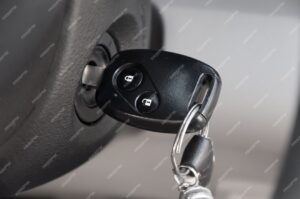
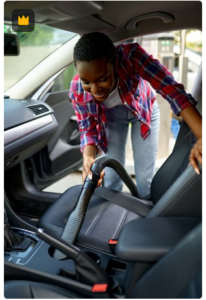

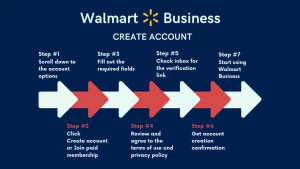
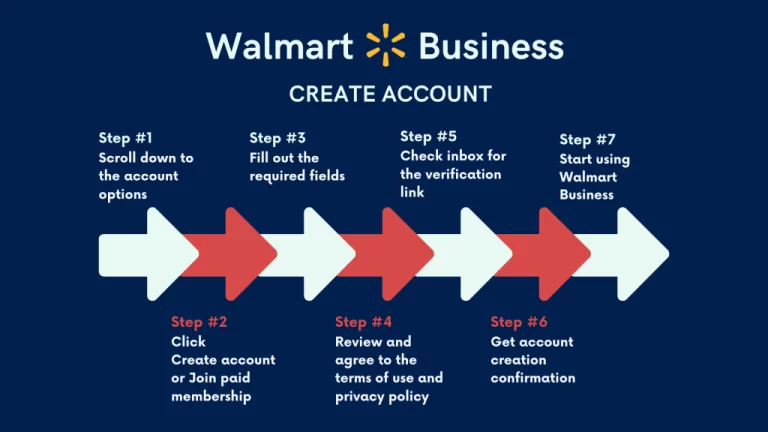

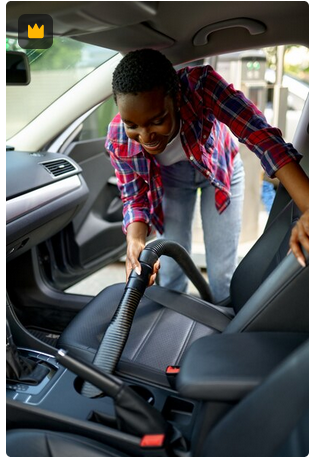


+ There are no comments
Add yours